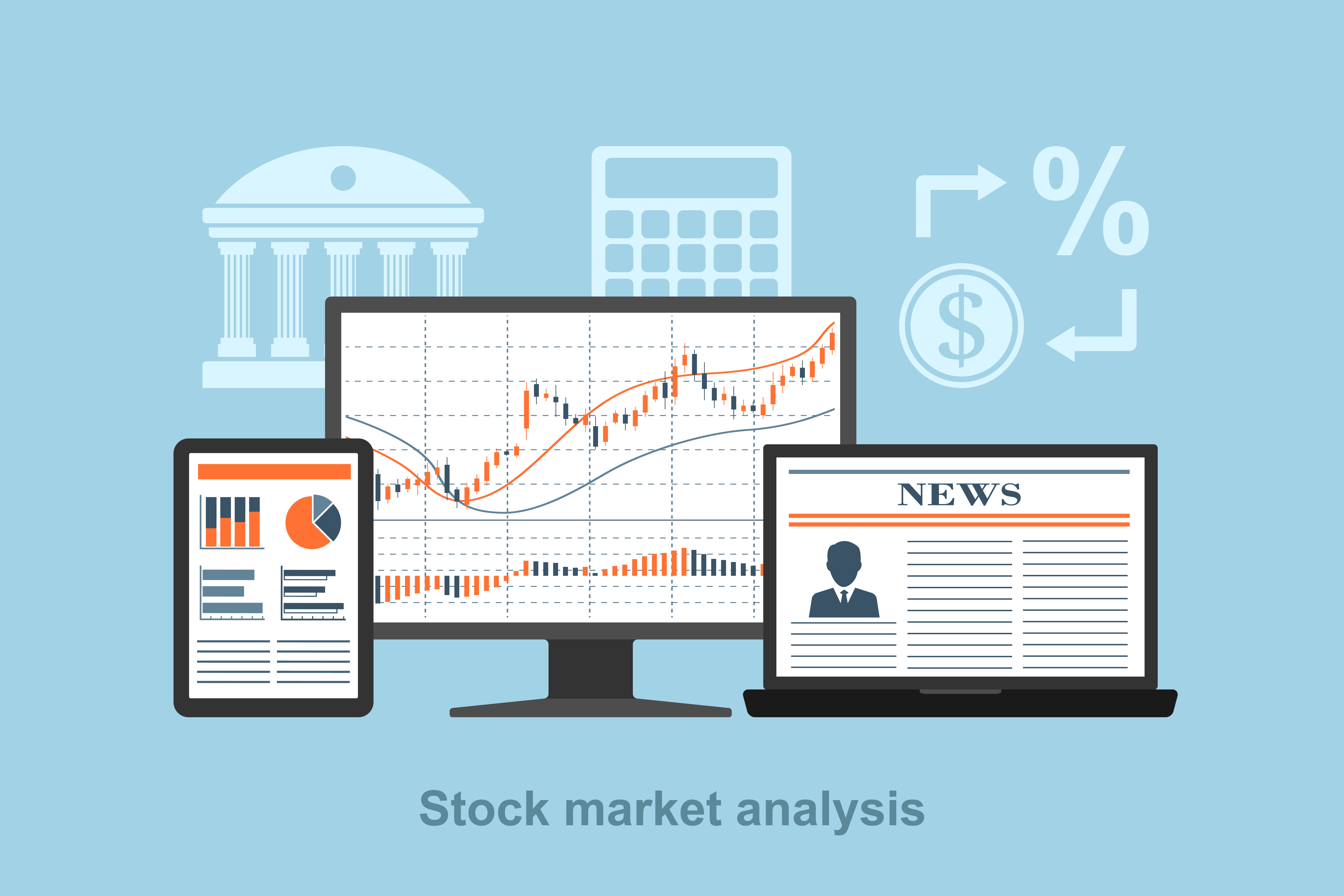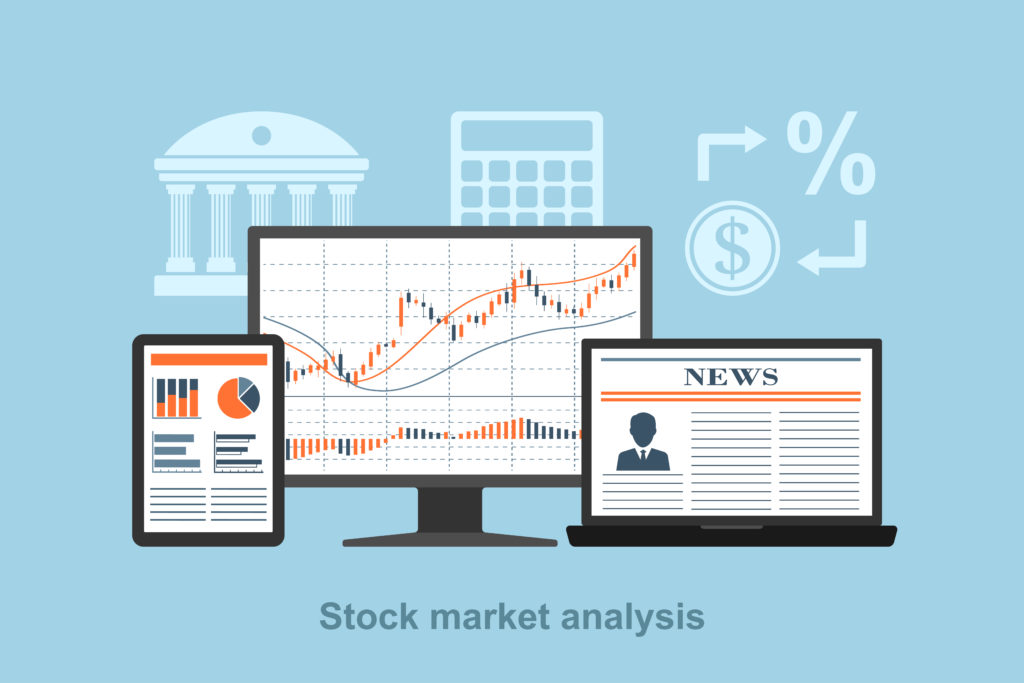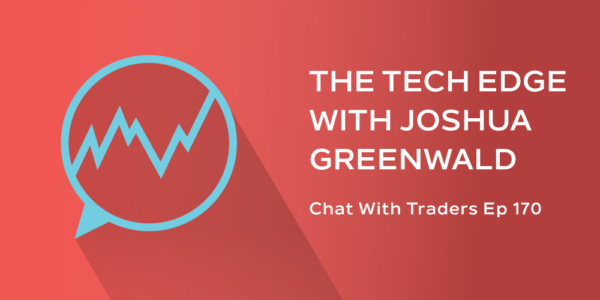

The development of the ETF (Exchange Traded Fund) marketplace has changed the investment landscape. Investors and traders have an investment vehicle with the flexibility to enter or exit like an individual stock, but the with the diversification possibilities of a mutual fund.
Over 100 million American households are invested in the stock market with IRAs, 401ks or mutual funds. People have become familiar with stock indexes and sectors that those vehicles were designed to target for growth. As an extension, the ETF revolution has enabled investors to transition and take advantage of some significant benefits.
Exchange Traded Funds can track a familiar stock index like the Dow (DIAmonds), S&P500(SPYders), or Nasdaq (NasdaQQQQ), and have the flexibility to trade like a stock for long or short term investing. Their performance should track the widely followed market segments but most importantly without the high management fees of mutual funds. They can be traded and priced just like a stock, with each share representing a percentage of the index or vehicle. The diversification and less individual stock risk is an important attribute that is especially important in times of extreme market volatility.
For active traders there is no need to wait until the end of the day as in mutual funds to exit or redeem shares. It is also an ETF advantage to invest anytime the marketplace is open from 9:30 to 4pm Eastern Standard Time. The ability to eliminate the end of day settlement for investment adjustments is a significant advancement for individuals and levels the playing field for all investors.
In addition, ETFs exist for numerous market sectors and investment niches. Almost any possible financial segment is represented, from biotechnology to zinc. The individual ETF components are designed track that industry, financial instrument, segment, or natural resource. This revolution in Diversification has given all investors access to opportunities like the Chinese stock market to emerging technologies with high volume liquid instruments.
The stock market is broken down into ten major sectors within the S&P 500. Money flows into and out of these sectors as the investment conditions and fundamentals change. A classic axiom of trading, Money isn’t made or lost. It just moves and has been followed by professionals for decades with rolling into “hot” sectors for better returns. An ETF gives anyone that same opportunity to identify and invest in the specific areas of growth.
Another major advantage is the ability to trade in any market direction. There will be periods of time that investment classes fall as well as rise in value. Shorting takes advantage of that price movement to participate in an important reality of any financial marketplace, downward movement. Exchange Traded Funds offer the ability to trade in any market direction and time frame based upon your individual investment plan.
ETFs offer many advantages for investors with a world of possibilities. The diversification, flexibility and no management costs make ETF’s a natural part of any investment portfolio. Any financial interest or market segment can be targeted to give better returns for your personal investment plan.










